Insect pests and diseases of tomatoes are very important in tomatoes production. These factors must be managed to avoid or reduce the losses that may occur.
They remain a seasonal challenge to production and so every farmer must have adequate information on the existence of this challenge and ways to manage them to prevent losses.
This piece elaborates the Major Insect pests and diseases of tomatoes
with pictures and their effective management practices.
Read also: General Causes of Livestock Diseases and Preventive Measures
Insect Pests of Tomatoes
1. Leafminers
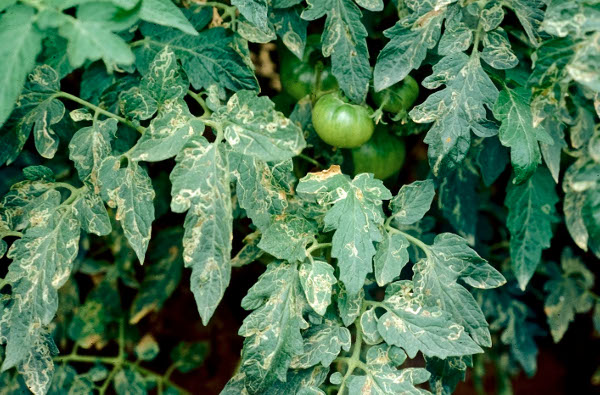
2. Whiteflies
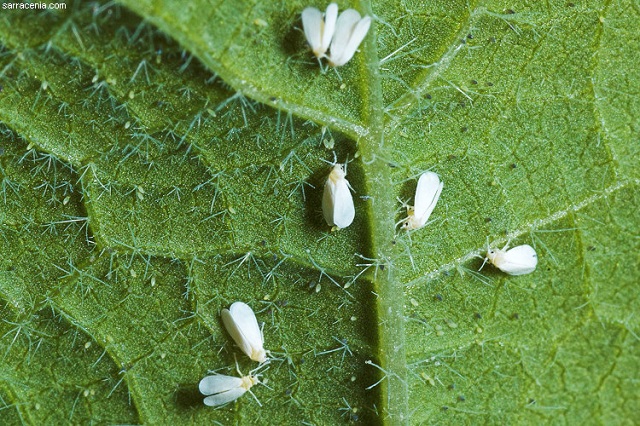
Read also: Selecting Quality Breeding Stock for Livestock Production
3. Tomato Bugs
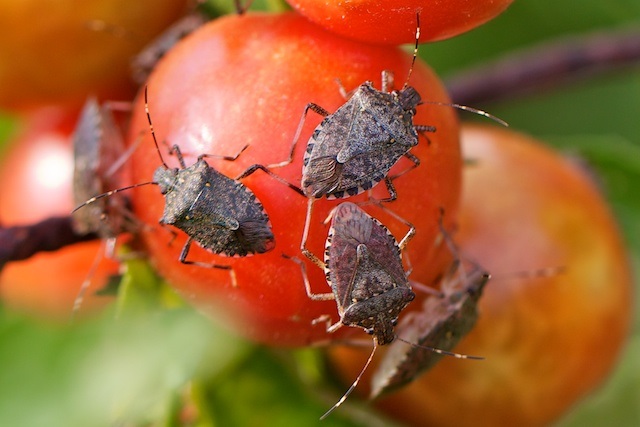
4. Thrips
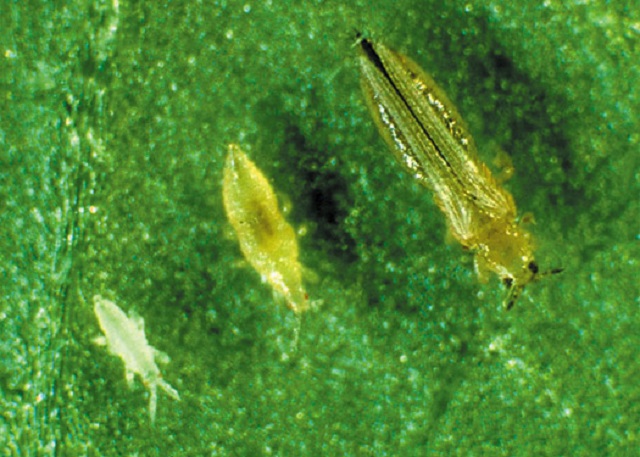
5. Fruitworms
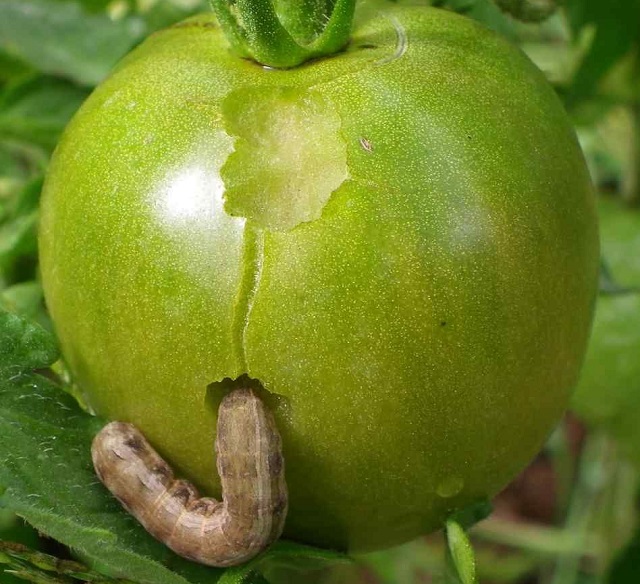
6. Spider mites
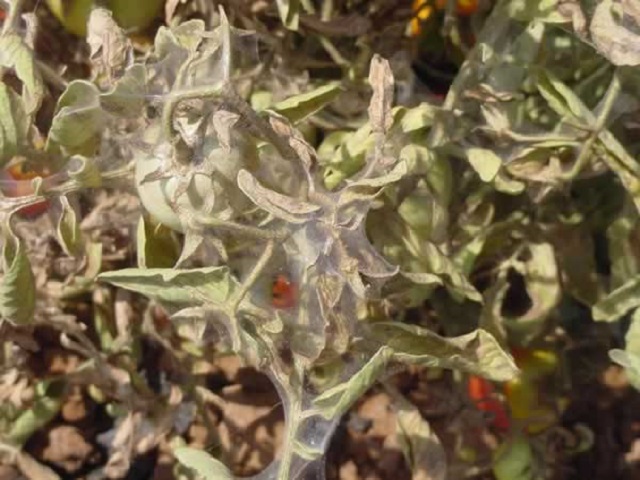
Diseases of Tomato
1. Bacterial Canker, speck and spot
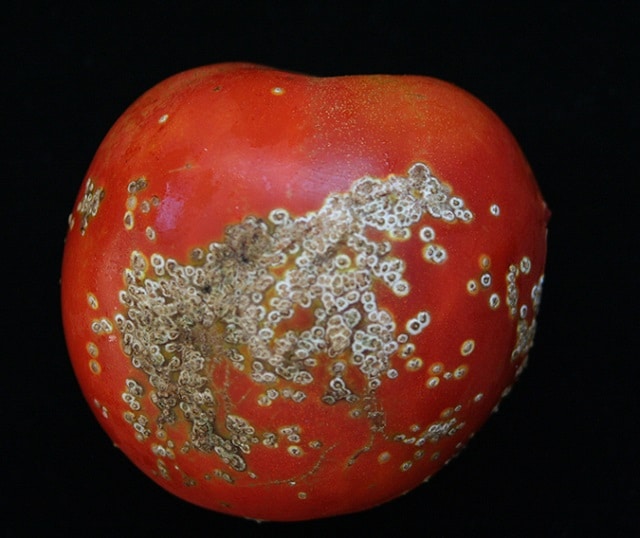
2. Bacterial Wilt
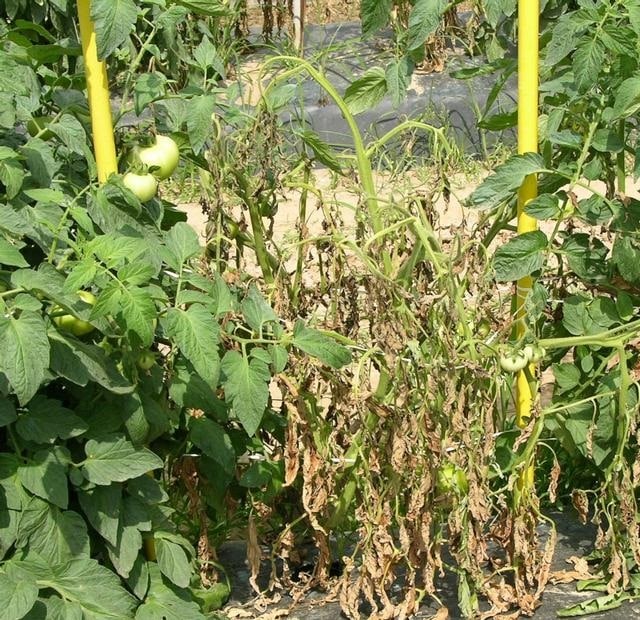
Read also: Selecting Swine Breeding Stock for Commercial Pig Production
3. Fusarium Wilt
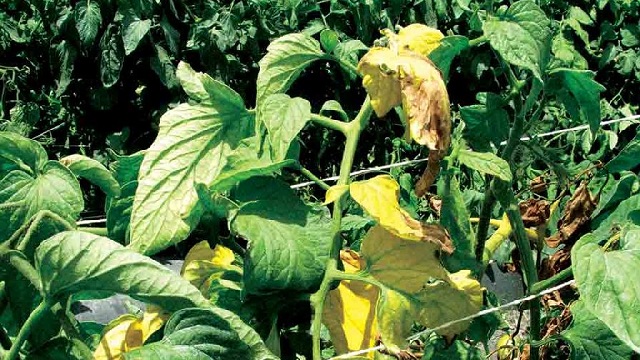
4. Early Blight
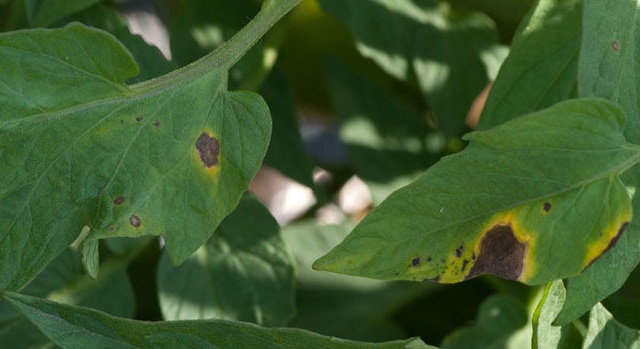
5. Late Blight
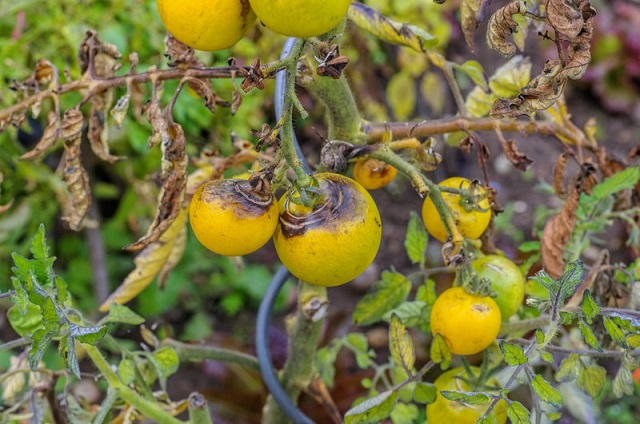
Read also: Safety Precautions in Agrochemicals Handling and Usage
6. Powdery Mildew
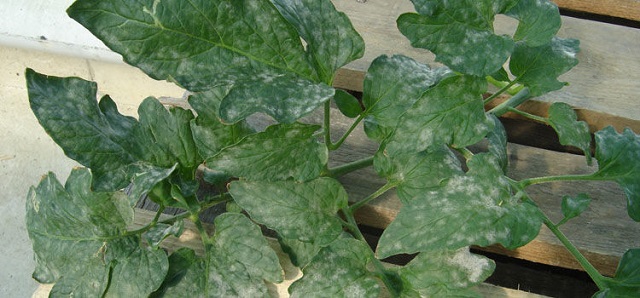
7. Root-knot Nematode
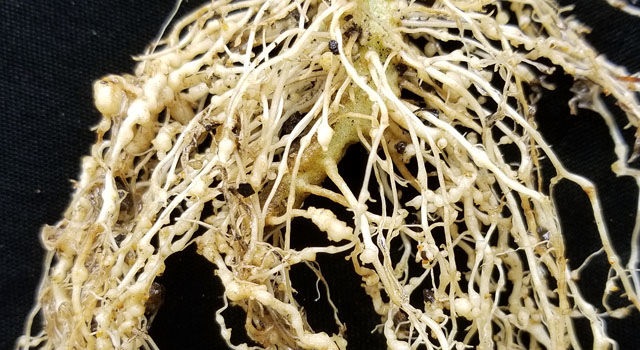
8. Viral Diseases
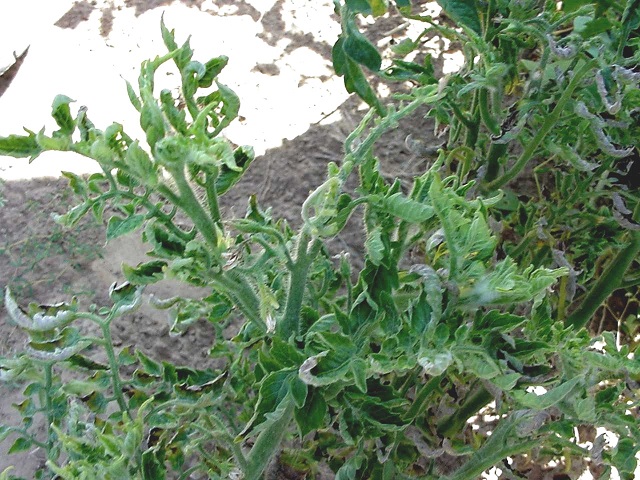
Read also: Fish Farming: Key Factors to Consider Before you Start a Fish Farm
9. Blossom-end Rot
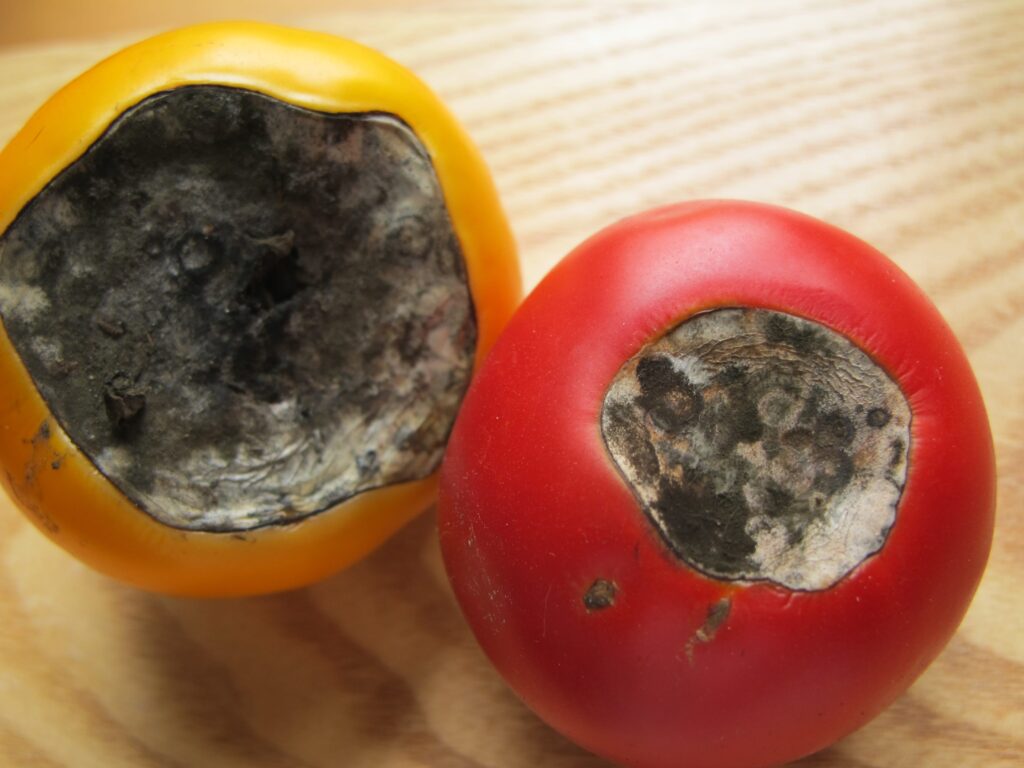
Management of Insect Pests and Diseases of Tomatoes
During the Nursery Stage
- Select a nursery site far away from tomato fields to avoid the spread of pests and diseases into the nursery.
- Prepare the seedbed properly. Use forest topsoil and/or compost.
- Burn plant trash on the surface of seedbed for at least one hour and after cooling, mix soil with compost or livestock manure at a rate of 20 litre-container per square metre.
- In semi-arid areas, solarise seedbeds. Use certified disease-free seed of suitable varieties.
- Use varieties tolerant or resistant to pests and diseases.
- Treat own seed with an appropriate fungicide and insecticide to protect it against pests and diseases.
- Avoid sowing seeds densely; space at 5 x 5 cm; if necessary thin seedlings at first true-leaf stage and transplant in another bed.
- Keep the seedbed free of weeds.
- Irrigate the seedbed regularly but avoid overwatering as it can induce damping-off diseases. Do not water late in the afternoon because extended wetness of leaf surfaces promotes foliar diseases. Reduce watering from the third week to harden seedlings.
- Cover seedlings with insect-proof netting in areas where virus diseases are endemic. This will restrict infestation by insect vectors of viral diseases.
- Alternatively, spray or drench with appropriate insecticides.
- Inspect the nursery regularly for pests, diseases, weeds, nutritional disorders, soil moisture and general plant health. Remove weak and unhealthy looking seedlings.
Read also: Why is Organic Fertilizer Better?
During the Transplanting Stage
- Avoid transplanting seedlings near an old tomato crop.
- Ensure that a new field is sited uphill, particularly where surface irrigation is used to avoid the spread of soil-borne diseases.
- Use proper plant spacing as prescribed by seed companies. Plant border rows of coriander, fenugreek, maize, marigold, millet, pigeon pea or sorghum. They act as windbreaks; fenugreek and coriander are repellent to whiteflies and provide refuge for natural enemies.
- Apply organic manure, mixing it well with the soil before transplanting.
- Transplant seedlings late in the afternoon. This is important in dry areas to avoid transplanting stress.
During Field Stage
- Keep tomato field weed-free. Weeds may be alternative hosts of diseases and pests. Ensure proper fertilisation.
- Choose proper irrigation. Furrow and drip minimise foliar diseases (e.g. early and late blight); over-head irrigation reduces mites, thrips, aphids and powdery mildew.
- Avoid furrow irrigation where soil-borne diseases (e.g. bacterial wilt; fusarium wilt; root-knot nematodes) are a problem. If using furrow irrigation ensure that water flows from new to old fields to minimise the spread of soil-borne diseases.
- Stake and prune indeterminate varieties, mulch determinate varieties to reduce early and late blight and bacterial diseases.
- In areas prone to bacterial diseases disinfect pruning knives with a commercial detergent (e.g. Tepool) before working on a new plant.
- Do not work in tomato fields when plants are wet to avoid the spread of diseases.
- Inspect fields regularly for pests, diseases, weeds, nutritional disorders, soil moisture and general plant health.
- Remove unhealthy looking plants from the fields.
- Ensure correct identification of problems. Use pesticides on a need basis only.
- Avoid the use of broad-spectrum pesticides as they would kill natural enemies.
- Do not use highly toxic pesticides.
Read also: What is Soil Tillage, Types of Soil Tillage and the Effects on Soil and Crops?
During the Fruiting period, harvest and after harvest
- Strictly follow pre-harvest intervals when applying pesticides after fruit set.
- Avoid damaging fruit when harvesting to minimise post-harvest diseases.
- Place harvested crop in a cool shaded area to minimise dehydration of the produce.
- Remove crop debris from fields after harvest to minimise carry-over of pests and diseases.
- Avoid overlapping of crops to minimise the spread of pests and diseases from old to new crop.
- Practice crop rotation with crops unrelated to tomato to minimise soil-borne problems and also maintain soil fertility (e.g. brassicas, cereals, legumes, onions and fodder grasses).
When necessary, use only pesticides locally registered for tomatoes or vegetables. Strictly follow label instructions, particularly pre-harvest intervals and safety requirements.
Conserve natural enemies
Avoid or reduce the use of pesticides, in particular, broad-spectrum pesticides that kill a wide range of pests and also natural enemies.
When pesticide use is necessary, choose selective pesticides or pesticides which are not harmful to natural enemies (e.g. neem-based products).
Keep flowering plants for nectar and pollen, as sources of food for adults of some natural enemies. Maintain a mixed cropping system.
A diversity of crops provides refuge and food for a wide range of natural enemies. Mulch, it provides an attractive environment for ground living natural enemies.
References:
Bacterial Diseases of Tomato -Integrated Pest Management Programme
Major Insect Pests and Diseases of Tomato In East Africa and Their Management –
Tomato Bacterial Wilt -Tomato Disease Help
Tomato red spider mite –Plant Biosecurity and Product Integrity


